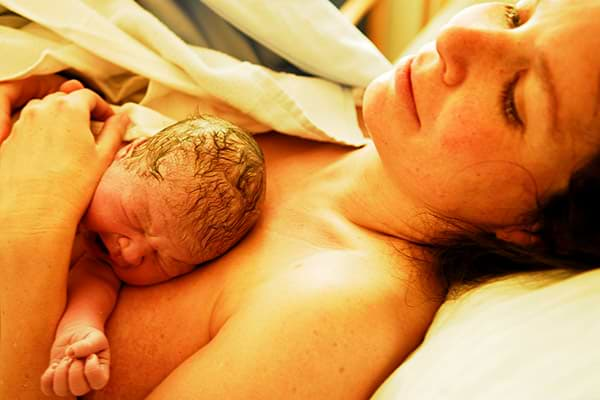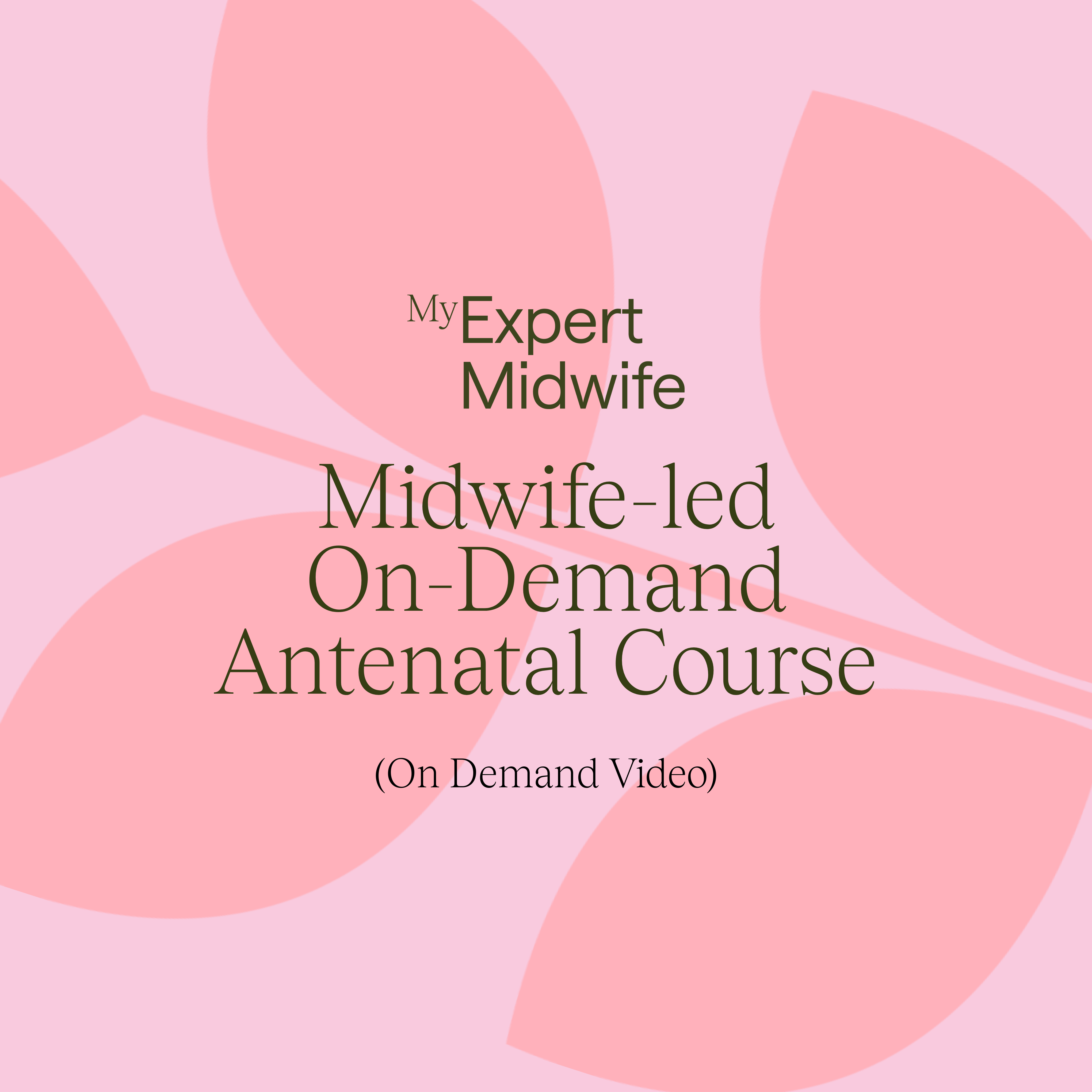An assisted birth is a vaginal birth where you need a little extra help for your baby to be born. Assisted births mean that either forceps or a ventouse (suction cup) is used to help your baby travel the last bit down the birth canal. Women don’t plan to have an assisted birth, so it can come as a shock to some women that this was the way their baby was born. This blog will explain why assisted births can happen, what types of assisted births there are and what you can expect during the recovery process after having one.
Why would I need an assisted birth?
An assisted birth can only happen if your cervix is fully dilated (10cms dilated) and your baby has descended far enough into your vagina. An obstetrician (doctor) can make a detailed assessment of how far your baby has descended and which position their head is in by doing a vaginal examination. There are many reasons why an assisted birth may be recommended to you, the most common reasons are outlined below:
- Your baby’s heart rate trace indicates that your baby might be struggling to cope well during the second stage (pushing stage) of labour.
- Your baby’s heart rate drops and doesn’t recover to its original baseline after a contraction.
- The active second stage of labour has lasted for greater than two hours (for women birthing their first baby or longer than one hour in women birthing subsequent babies) and there are no signs that your baby will be born soon (this is a common hospital policy and you can ask to discuss this if you want more time).
- Your baby’s head is not positioned optimally in the birth canal and needs some help to rotate so your baby can be born.
- If you have had an epidural it may be more difficult to push your baby out as it reduces the sensation to bear down effectively. Epidurals also reduce your ability to move around, so during labour ask for assistance to move into upright positions or ask for a peanut ball when side lying to help open your pelvis.
Important note-There should always be time to have an informative discussion surrounding why an assisted birth may be needed and remember that all procedures, including every vaginal examination, need your consent to be performed. You can read more about informed consent and tools for decision making here
Types of assisted births
Forceps
There are 2 types of forceps which the obstetrician can use, depending on the position that your baby’s head is in.
- Neville Barnes - These are designed to help guide your baby through the birth canal, in combination with your contractions and you pushing to help.
- Kielland’s-These are designed to turn your baby’s head into the best position, then guide your baby through the birth canal with contractions and you pushing.
Ventouse
This is a small plastic cup which attaches to your baby’s head via a suction effect. Again, it is to guide your baby through the birth canal with contractions and you pushing, too. It is used more frequently when baby is closer to being born.
During a forceps or ventouse birth, it is recommended that you also have an episiotomy (a cut to the perineum). The reason for this is that an episiotomy is a cut which is controlled in direction (usually to your right side) and can help to prevent more severe tears happening which could involve your back passage.
After an assisted birth
If you have had an assisted birth, you may want a more detailed explanation of the events which led to this or to talk through certain details. You can do this straight away or make an appointment a few weeks or months later to discuss it. Most hospitals now have a ‘debrief’ service available to enable you to talk through events during your birth experience.
The physical effects after an assisted birth:
- If you’ve had a spinal or epidural anaesthetic during the birth, you will not be able to walk around for some time after. It can take a few hours to feel steady on your feet again.
- You will usually have a catheter in place to keep your bladder empty until you start to mobilise off the bed. After removing the catheter, your midwife can check to make sure you are passing urine easily by asking you to measure how much there is when you go to the toilet.
- If there is stinging when you pass urine, try pouring a jug of warm water over the area whilst you’re on the toilet to help.
- You might feel sore from the birth, so remember to take regular pain relief that is prescribed to you.
- You may find sitting upright uncomfortable, especially in the first few days, so adapt your position to ease this by reclining, side lying or using cushions for support.
- Your baby may have a mark, a bruise or, more unusually, a graze from the forceps on their face, or a bruise or swelling on the back of their head from the ventouse. These usually disappear within 48 hours or sooner.
Recovery from an assisted birth is usually a physically straight forward process for many women. However, some women may experience longer lasting issues involving their pelvic floor or continence. There is support available if you are experiencing problems in the following weeks and months, so contact your GP who will be able to refer you appropriately for further assessment and help.
Summary
Having an assisted birth can often leave you with questions about how and why things happened as well as wondering about the recovery process. This blog unpicks the details of what assisted births are, what to expect if you have one and how the recovery process might be.



















